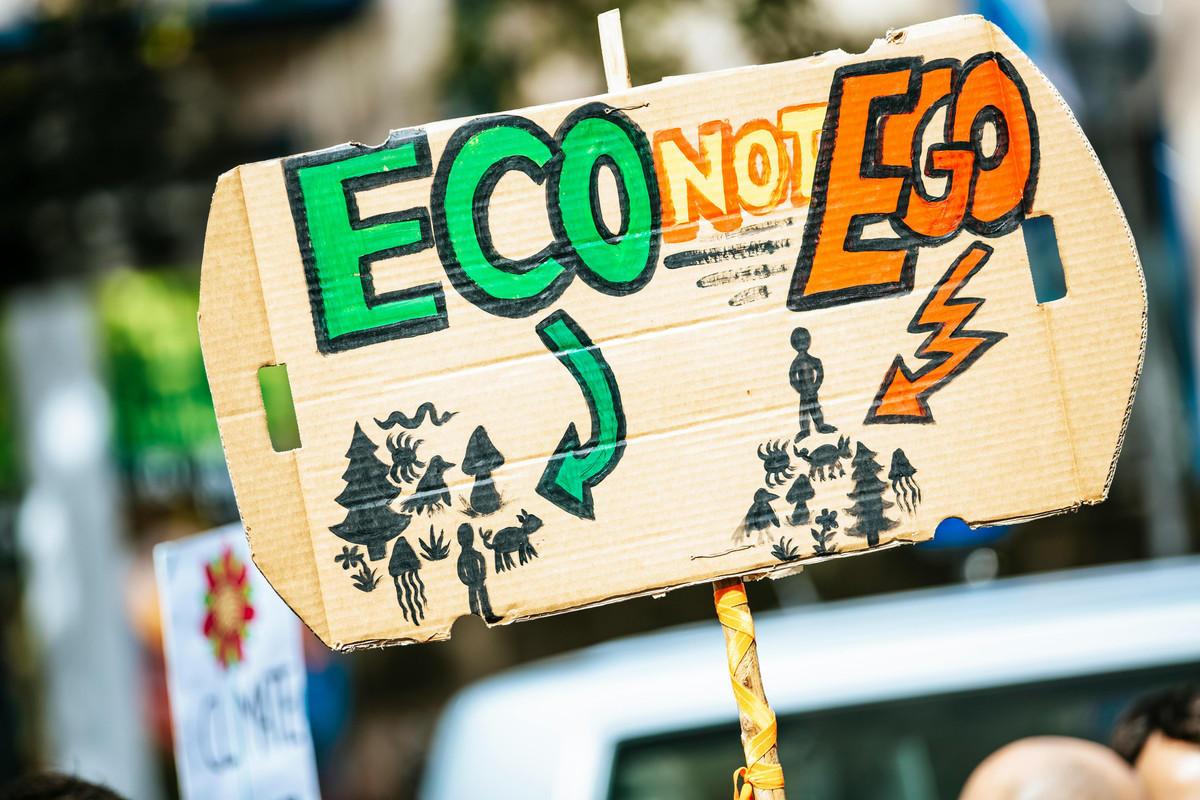Climate Change
Displaced by Climate: The Human Cost in Bangladesh
When Home Is Washed Away
ICCCAD
Organization
August 12, 2025
47
0

In Bangladesh, climate change is not a distant threat — it is a daily reality. Rising seas, deadly cyclones, river erosion, and unpredictable weather patterns are reshaping the lives of millions. For many, the disaster begins with a single storm, a broken embankment, or the slow creep of saltwater into farmland. The result is often the same: families are forced to leave their homes and start over in crowded, under-resourced urban slums. Ojufa, from Bhola, knows this reality too well. River erosion took away her ancestral land, leaving her with nothing. Now she lives in Dhaka’s Duaripara slum, where floodwaters often rise to her waist. Jobs are scarce, and her dream is simple — a small piece of land where she can live and work in dignity. Parveen, a mother of three, lost her home to river erosion in Bhola. Her current life in Jhilpara Slum is marked by overcrowding, poor sanitation, and unsafe living conditions. “Above all else, a person needs a place to call home,” she says. “We are human too.” Firoza Begum’s shop was stolen from her after she moved to Dhaka seeking a new start. Manora Begum pays high rent for a cramped, flood-prone room after losing her village to floods in Patuakhali. For many like them, survival in the city is just another kind of battle. The Bigger Picture Bangladesh faces one of the world’s most severe climate displacement crises. By 2050, up to 18 million people could be displaced as sea levels rise by 50 cm. In 2024, floods destroyed 1.1 million metric tons of rice, deepening food insecurity. Extreme heatwaves, made 45 times more likely by climate change, are killing vulnerable people and worsening health conditions. Most displaced people end up in slums in Dhaka, Chattogram, Khulna, or Barisal — areas already struggling with overcrowding, limited infrastructure, and scarce clean water. Expert Voices Nayoka Martinez-Bäckström, Deputy Head of Development Cooperation at the Embassy of Sweden in Dhaka, warns: > “This is an existential issue for Bangladesh. Every profession — whether you are an artist or an IT professional — can contribute to climate solutions.” Sohanur Rahman, Executive Coordinator of YouthNet Global, calls for turning cities into climate-resilient hubs: > “We need accurate data, clean water, healthcare, and social safety nets for climate migrants. By 2050, 18% of Bangladesh’s land could be underwater.” Dr. Mahbuba Nasreen, Pro-Vice-Chancellor at Bangladesh Open University, stresses the power of youth-led advocacy: “If young people step forward, they can redefine solutions using indigenous knowledge.” Paths Toward Solutions original report, outlines practical steps to protect and empower climate migrants: 1. Safe Housing – Build flood-resistant homes and integrate migrants into urban planning. 2. Livelihood Support – Provide vocational training and micro-business opportunities. 3. WASH Infrastructure – Ensure access to clean water, sanitation, and drainage. 4. Education Access – Offer free community schools and flexible learning options. 5. Rural Investment – Strengthen farming through sustainable agriculture to prevent forced migration. 6. Policy Advocacy – Push for a national climate migration framework and transparent disaster management. A Call to Action The stories from Dhaka’s slums are not just tales of hardship — they are urgent appeals for justice. Each person displaced by climate change deserves safety, dignity, and opportunity. As Bangladesh stands at the frontline of the climate crisis, the choice is clear: act now to protect the most vulnerable, or allow the tide of displacement to grow into an unstoppable humanitarian disaster. The future is in our hands — let’s shape it with courage, compassion, and commitment.
Comments (0)
Please sign in to leave a comment
No comments yet. Be the first to share your thoughts!
Related Articles
No related articles found.